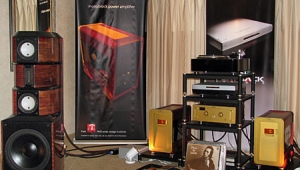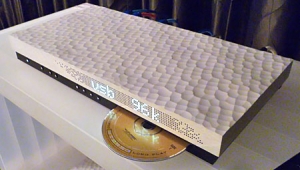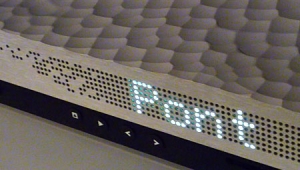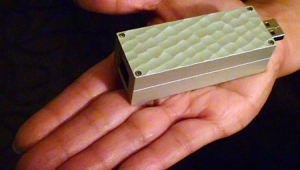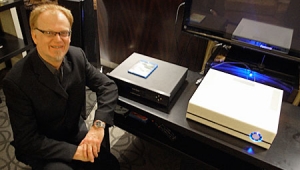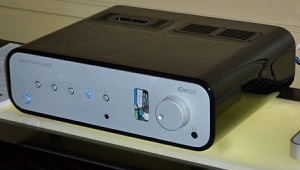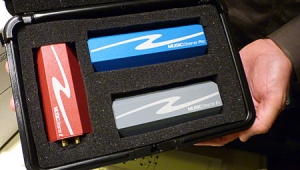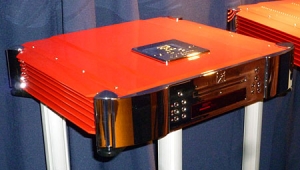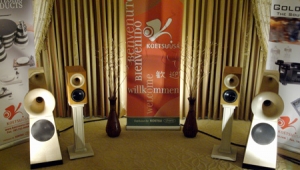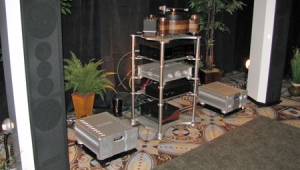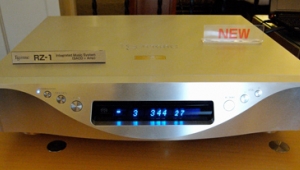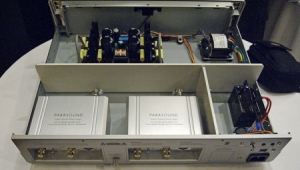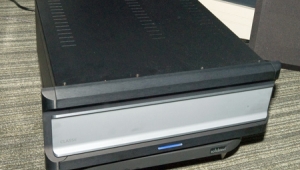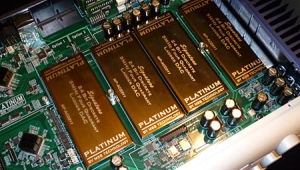| Columns Retired Columns & Blogs |
Think out of the box;Start a project from ground up;In House Drivers - Custom Enclosure - Funky Paint Finish etc. that is Vivid. Hence the name;Nothing in common with the porn major - vivid.These are great speakers - mostly get paired with Luxman - Japan. Halcro seems to be a better match.It is a 'fun' looking speaker with a 'serious' sound. Needs to be listened to - carefully - to be appreciated.55K may look - seem - like a lot of money, but @ 30 to 35 K this speaker would be a 'winner'Right size [proportion] & have a 'high waf' [wife acceptance factory] in a contemporary home. This speaker should be played with Bertram Cables - Denmark - my humble suggestion...


